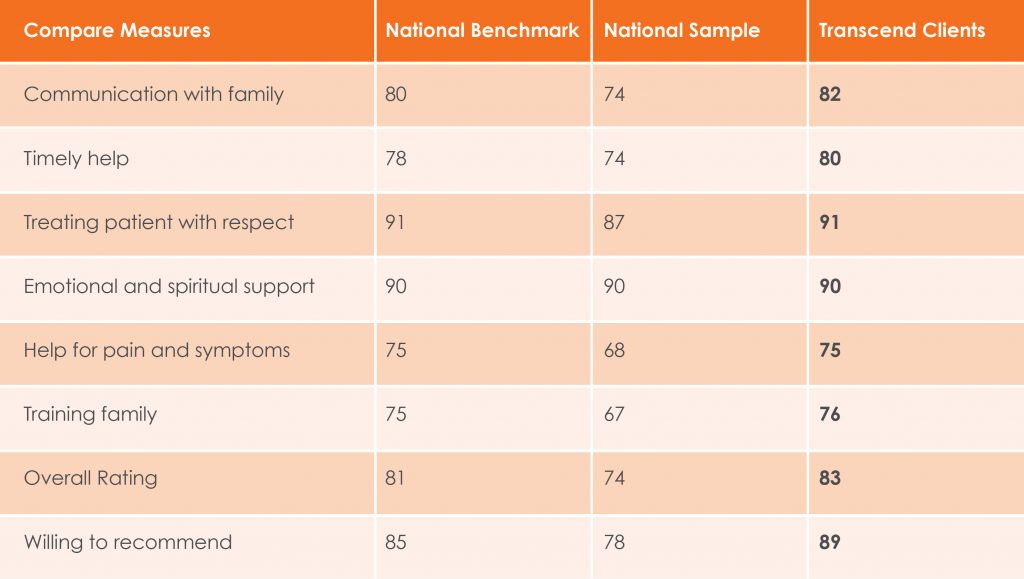Want to Boost Patient and Family Satisfaction Scores?
Use your culture and brand to support processes.
As we continue to advance toward a value-based care model, patient and family evaluation scores are holding greater sway over reimbursements. In December, CMS announced the latest group of home health organizations to receive bonuses or penalties based, in part, on patient and family evaluations and quality improvement initiatives. And, hospice care providers need to know these realities are heading their way, too.
Home-based care organizations are responding by putting more focus on process improvement initiatives to boost scores, elevate quality and improve patient experience. This is important work, some of the most significant and differentiating work we will do in our industry as we prepare for the influx of Baby Boomers.
However, process improvement isn’t something that should reside solely with your QAPI lead or in your process documentation. Take a chapter from the manufacturing industry. For nearly four decades now, manufacturers have embraced a variety of methodologies from Six Sigma to TRACC to strengthen processes and make their customers happier. The results have driven manufacturers to higher levels of performance and profitability.
The secret to unlocking these results lied in people, not process alone.
Iain Clarke, a continuous improvement guru at EY has helped companies from DuPont to SABMiller strengthen operations, puts it this way: “Culture is the catalyst. You can put all the process you want into place, but if you can ignite the passion of your people through communication, your culture will become your single greatest competitive advantage in the marketplace.”
Investing in culture is well and good for Fortune 500 manufacturing companies, but what about home-based care organizations running on much smaller budgets?
The good news is that you can build your culture and your brand simultaneously, effectively increasing revenue while you build your people and processes that lead to higher satisfaction scores.
Most of our work these past 18 years has been helping home-based care organizations establish a differentiated brand and market that differentiation to patients, families and professional referral sources. In the process, most of these organizations have seen Glassdoor employee engagement scores and critical aspects of their HH\CAHPS scores improve.
CMS Compare Data
3/31/2016-3/31/2018

As value-based care draws closer, the bar for performance is expected to continue to rise. To be competitive, relevant and attractive to patients, families and referrer sources, home-based care organizations should start now building their competitive advantage. Continuous process improvements are essential and increasingly important for reimbursement bonuses. By grounding quality efforts in a strong culture, a differentiated brand and compelling communication allow all the pieces to work smarter and harder to support your business.








